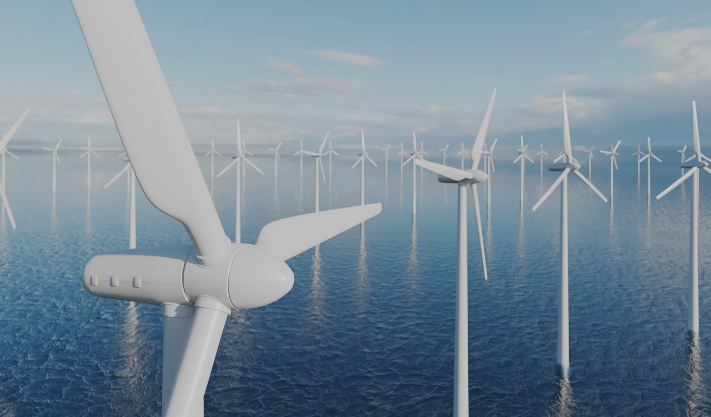Wind, Solar, and Nuclear: The Battle for Britain’s Energy Future
As Britain navigates the challenges of climate change and energy security, a pivotal struggle is emerging among three key players: wind, solar, and nuclear power. Each offers a distinct path to a low-carbon future, and their competition—and potential cooperation—will shape the nation’s energy landscape for decades.
Wind power, especially offshore wind, has become the backbone of the UK’s renewable strategy. With vast stretches of coastline and strong North Sea breezes, Britain is uniquely positioned to harness this clean energy source. In fact, the UK is home to some of the world’s largest offshore wind farms, and the government has committed to ramping up offshore wind capacity to 50 gigawatts by 2030. Wind energy is relatively quick to deploy and increasingly cost-effective. However, it’s intermittent—generating power only when the wind blows—which creates challenges for grid stability and storage.
Solar energy has also seen rapid growth, driven by falling costs and widespread adoption of rooftop panels and solar farms. Though Britain’s famously overcast skies limit efficiency compared to sunnier countries, solar still contributes meaningfully during daylight hours, especially in the summer months. It offers a decentralized solution, empowering homes and businesses to generate their own electricity. Yet, like wind, solar is intermittent and seasonally variable, necessitating complementary solutions such as energy storage or backup generation.
Nuclear power, long a fixture in the UK’s energy mix, is now at a crossroads. Proponents argue that nuclear offers the dependable, low-carbon baseload power that renewables currently cannot match. The new generation of reactors, including the delayed but still ongoing Hinkley Point C project, is designed to be safer and more efficient. Advocates also point to small modular reactors (SMRs), backed by companies like Rolls-Royce, as a future-proof innovation. Critics, however, highlight nuclear’s high upfront costs, long construction timelines, and issues around radioactive waste and public perception.
The reality is that no single source can meet Britain’s future energy needs alone. The path forward likely involves a diversified mix: wind and solar providing the bulk of clean generation, backed by nuclear for stability, and bolstered by advances in battery storage, smart grids, and potentially hydrogen. Policy support, infrastructure investment, and public acceptance will all play crucial roles in determining which technologies dominate.
Britain’s energy future hinges not just on picking winners, but on integrating them effectively. As extreme weather events and global energy market disruptions become more common, the urgency to build a resilient, clean, and affordable energy system is growing. The battle among wind, solar, and nuclear is not only a competition—it’s a collaboration in progress, shaping a sustainable future for the UK.
Published: 13th June 2025
For more article like this please follow our social media Twitter, Linkedin & Instagram
Also Read:
£8.3bn GB Energy Budget Backs Small Nuclear Reactors
Top 5 UK Investment Opportunities in a Slowing Economy
UK Real Estate Investment: Opportunities Beyond London






















